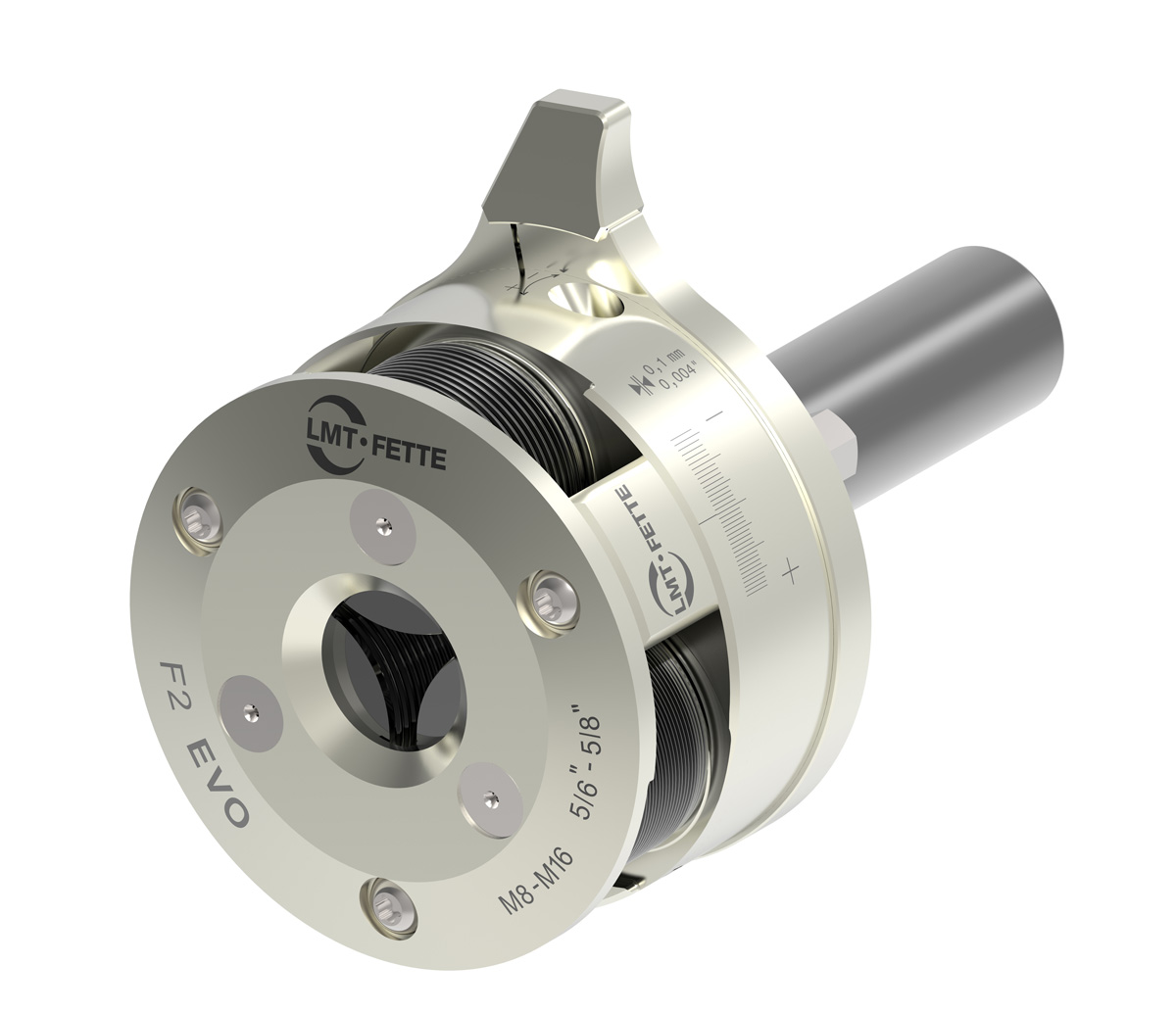What you want/need to know
Sintered carbide was discovered in the early 1920’s in Essen Germany as a resultant of a furnace explosion at the Krupp Iron and Steel Works. It was developed and played an important role in German military production during WW2. The Allied nations acquired carbide knowledge following the fall of the Hitler regime. While all carbide products offered today are sourced from the limited suppliers of the carbide powders. The recipe, tool design and coatings vary from manufacturer to manufacturer and have improved dramatically since 1950. Modern carbide products have been designed to run at speeds and feeds that will shorten cycle times and improve tool life. The biggest mistake made with carbide application is ignoring the information provided by the manufacturer. Adhering to the suggested feeds and speeds provided by each manufacturer guarantees maximum tool performance. Surface speed is the most important followed by feed rate. Depth of cut has the least impact on tool life. Ignoring the manufacturers recommendations will seriously degrade tool life and product output.
